What Is The Best Red Yeast Rice Supplement
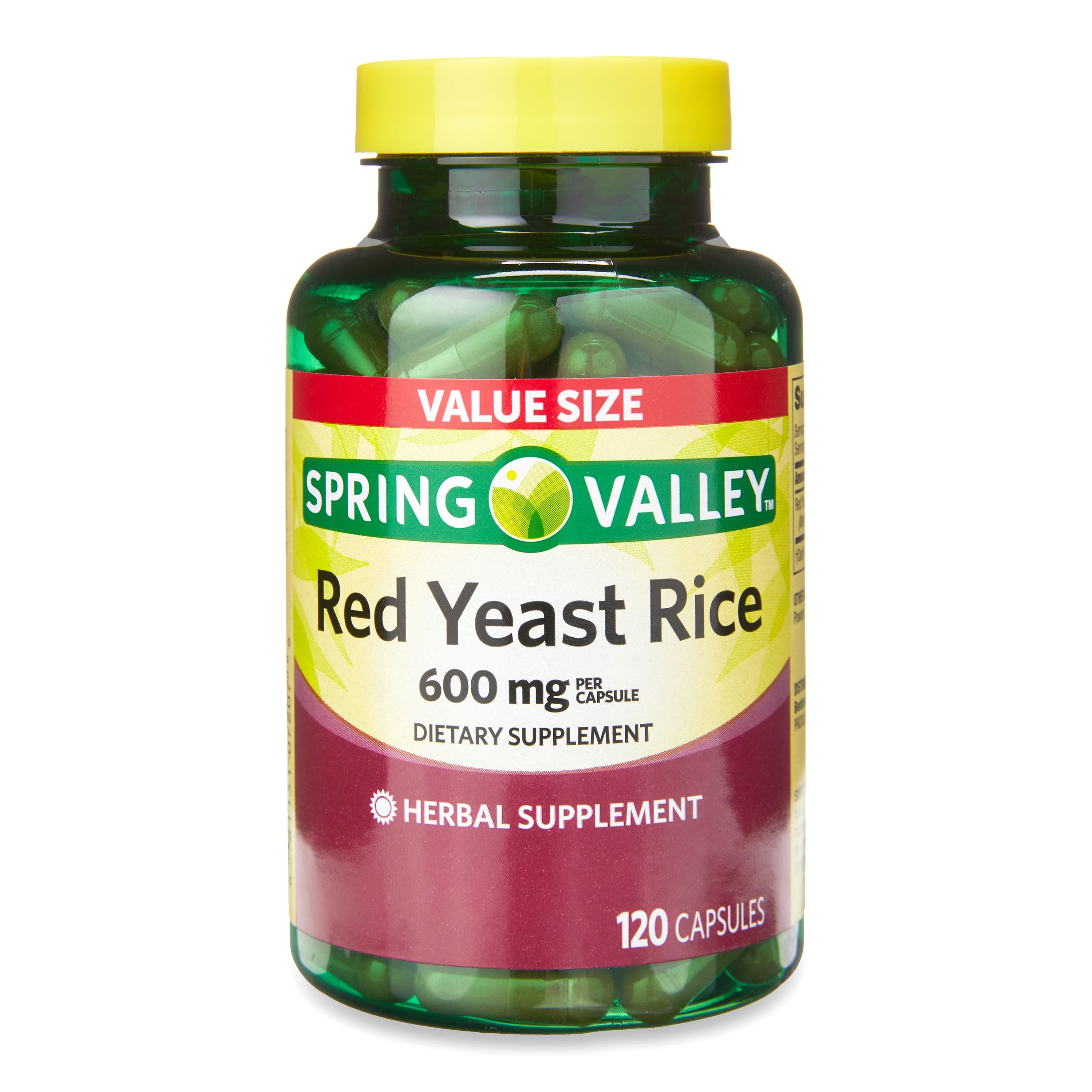
The quest for natural cholesterol management has driven many towards red yeast rice, an age-old remedy from traditional Chinese medicine. However, the supplement market is flooded with options, each promising superior benefits. Navigating this complex landscape requires careful consideration and an understanding of what constitutes a high-quality, effective, and safe red yeast rice product.
This article aims to dissect the red yeast rice supplement market, providing clarity on identifying the best options. We'll delve into the active compounds, potential risks, quality control measures, and expert recommendations to empower consumers to make informed decisions. The goal is to provide a balanced view, acknowledging both the potential benefits and the potential pitfalls associated with red yeast rice supplementation.
Understanding Red Yeast Rice and its Active Components
Red yeast rice is produced by fermenting rice with a specific type of yeast, Monascus purpureus. This fermentation process yields a variety of compounds, the most notable being monacolins. Monacolin K, in particular, is structurally identical to lovastatin, a prescription drug used to lower cholesterol levels.
It's this monacolin K content that gives red yeast rice its cholesterol-lowering properties. The amount of monacolin K can vary significantly between different red yeast rice supplements. Therefore, the effectiveness of a supplement is directly tied to its monacolin K concentration and its bioavailability.
Navigating the Supplement Market: Key Considerations
When selecting a red yeast rice supplement, several factors should be taken into account to ensure quality and safety. These include the monacolin K content, the presence of citrinin, the reputation of the manufacturer, and third-party testing.
Monacolin K Content: Standardization is Key
A reputable supplement will clearly state the amount of monacolin K per serving. Look for products that have been standardized to contain a specific amount, typically ranging from 3 to 10 mg per daily dose. Standardization ensures consistency and predictability in the supplement's effects.
However, it's crucial to be aware that the FDA considers red yeast rice products containing more than trace amounts of monacolin K to be unapproved new drugs. Therefore, some manufacturers may manipulate labeling or downplay the monacolin K content.
Citrinin Contamination: A Potential Hazard
Citrinin is a mycotoxin that can be produced during the red yeast rice fermentation process. It is a known kidney toxin, and its presence in supplements is a significant concern. Therefore, it is essential to choose supplements that have been tested and certified to be free from citrinin contamination.
Reputable manufacturers will conduct rigorous testing to ensure that their products meet safety standards. Look for certifications from third-party organizations that verify the absence of citrinin.
Manufacturer Reputation and Transparency
Opt for supplements from well-established and reputable manufacturers. These companies are more likely to adhere to strict quality control standards and provide transparent information about their products. Research the manufacturer's history, look for customer reviews, and check for any reported adverse effects.
Third-Party Testing and Certifications
Third-party testing provides an independent assessment of a supplement's quality, purity, and potency. Look for certifications from organizations like NSF International, USP, or ConsumerLab.com. These certifications indicate that the product has been tested and meets specific quality standards.
Dosage and Potential Side Effects
The appropriate dosage of red yeast rice varies depending on the individual and the specific product. Start with a low dose and gradually increase it as needed, under the guidance of a healthcare professional. Common side effects may include muscle pain, digestive upset, and liver problems.
Red yeast rice can interact with other medications, including statins, and should not be taken by pregnant or breastfeeding women. Individuals with liver or kidney disease should also avoid red yeast rice supplements.
Expert Recommendations and Considerations
Healthcare professionals generally recommend lifestyle modifications, such as diet and exercise, as the first line of defense against high cholesterol. Red yeast rice may be considered as an adjunct therapy for some individuals, but it should never replace conventional medical treatment.
Before taking red yeast rice, it is crucial to consult with a doctor or other qualified healthcare provider. They can assess your individual risk factors, determine if red yeast rice is appropriate for you, and monitor for any potential side effects.
"Red yeast rice can be a helpful tool for managing cholesterol, but it's essential to choose a high-quality product and use it under medical supervision," says Dr. Emily Carter, a cardiologist at the University of California, San Francisco.
The National Center for Complementary and Integrative Health (NCCIH) emphasizes the importance of being cautious when using dietary supplements. They recommend researching the product thoroughly and discussing it with a healthcare provider.
The Future of Red Yeast Rice Research
Ongoing research is exploring the potential benefits and risks of red yeast rice in greater detail. Studies are investigating its effects on cardiovascular health, inflammation, and other health conditions. Future research may also focus on optimizing the fermentation process to enhance the production of beneficial compounds and minimize the formation of toxins.
Ultimately, the “best” red yeast rice supplement is one that is safe, effective, and tailored to the individual's needs. By carefully considering the factors outlined in this article and working closely with a healthcare professional, consumers can make informed decisions about whether red yeast rice is a suitable option for managing their cholesterol levels.

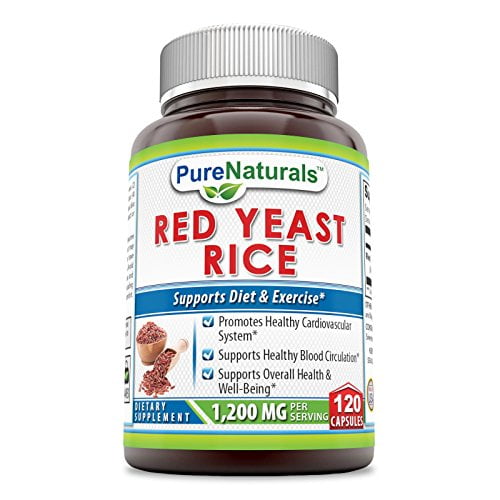
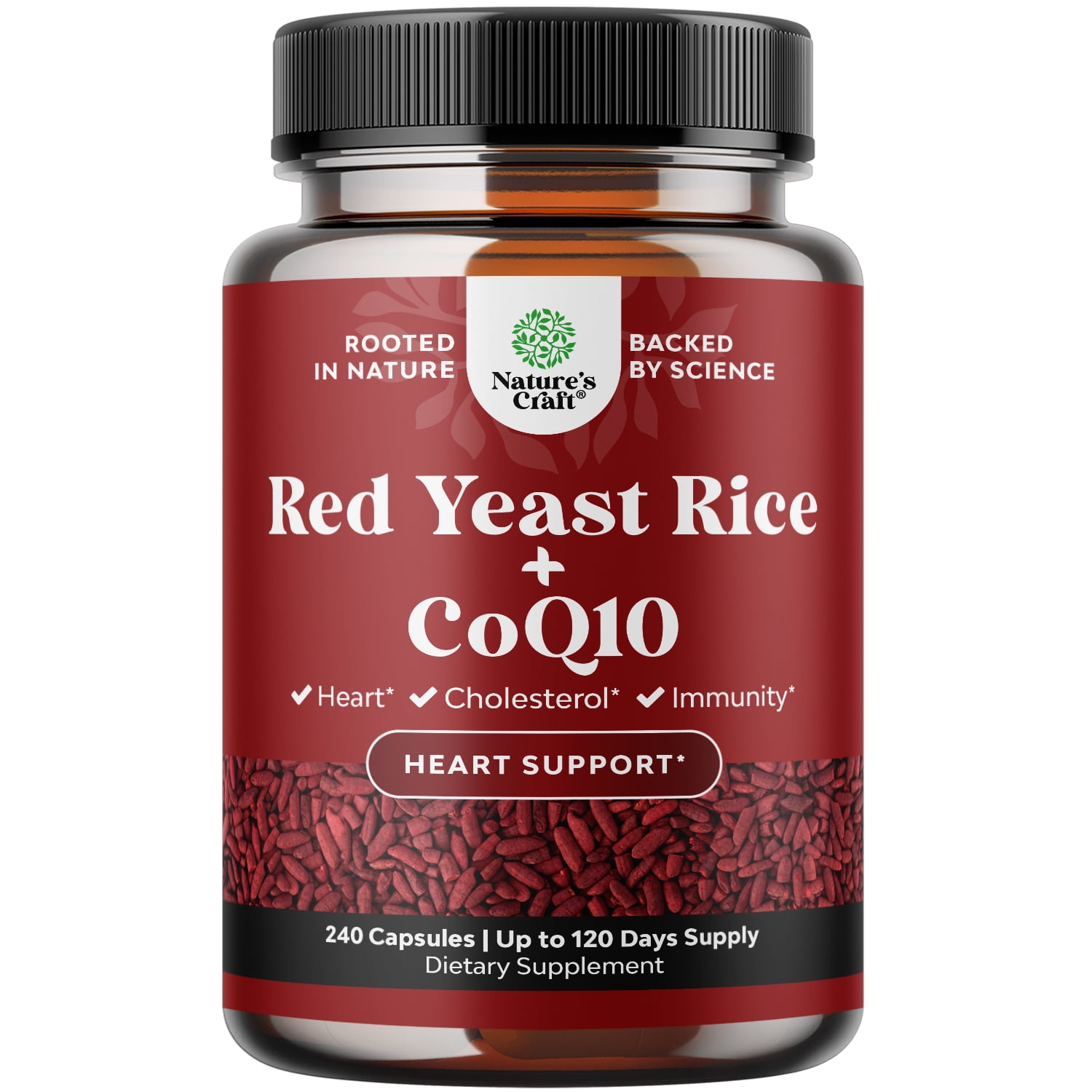
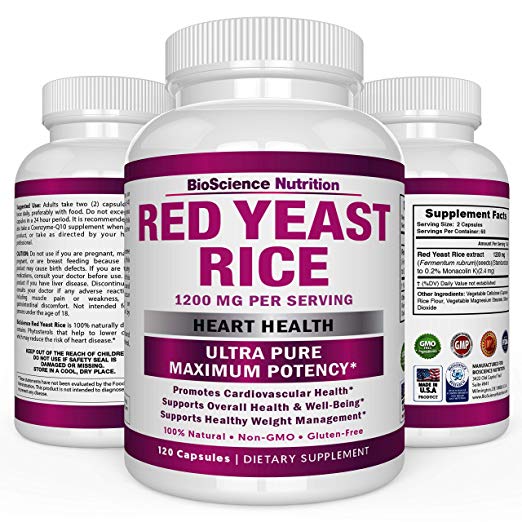

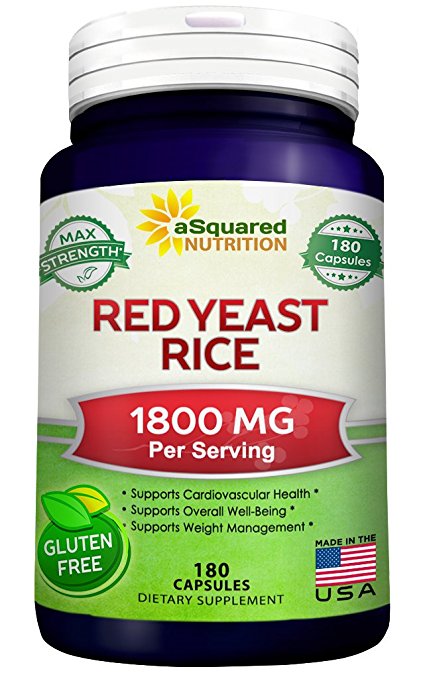
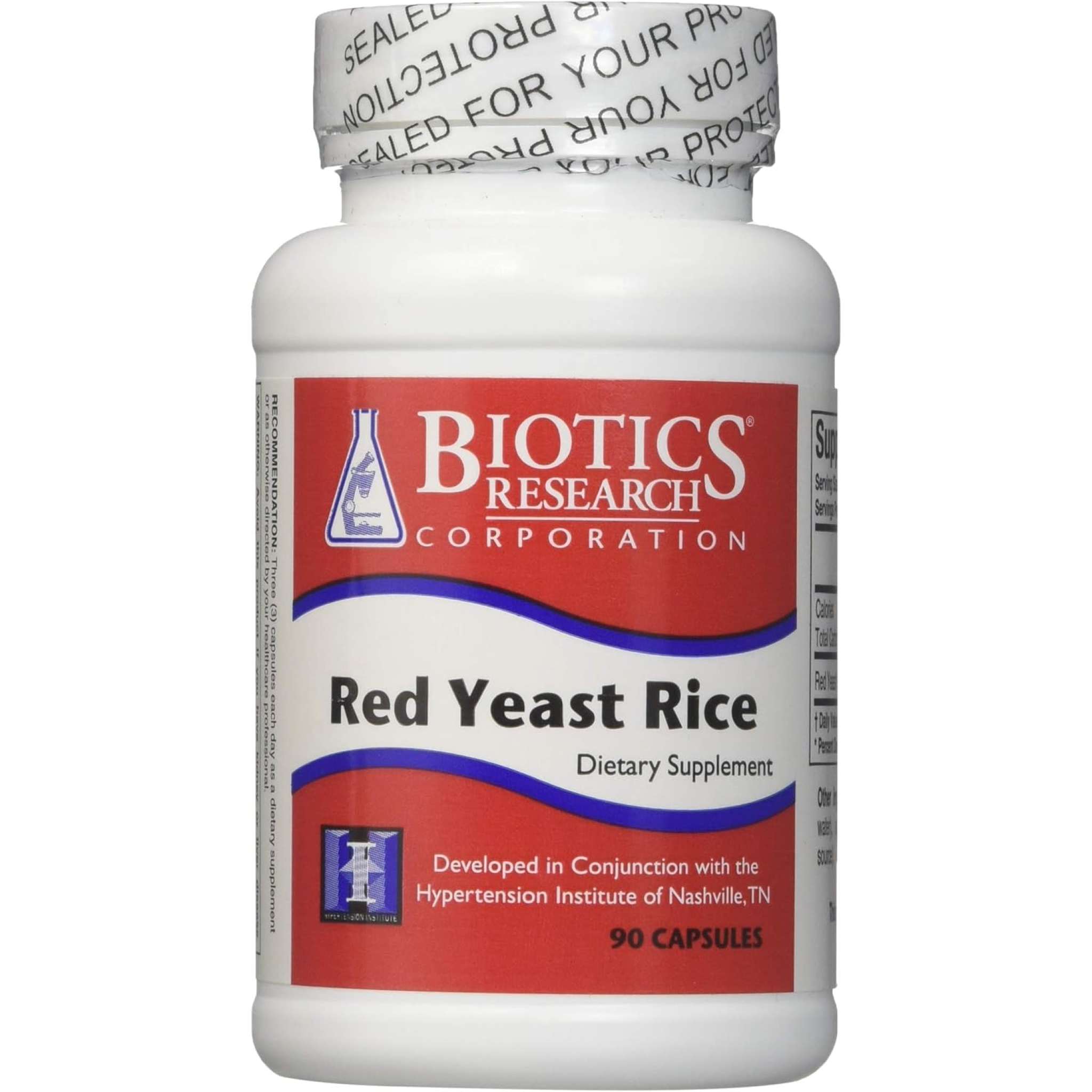
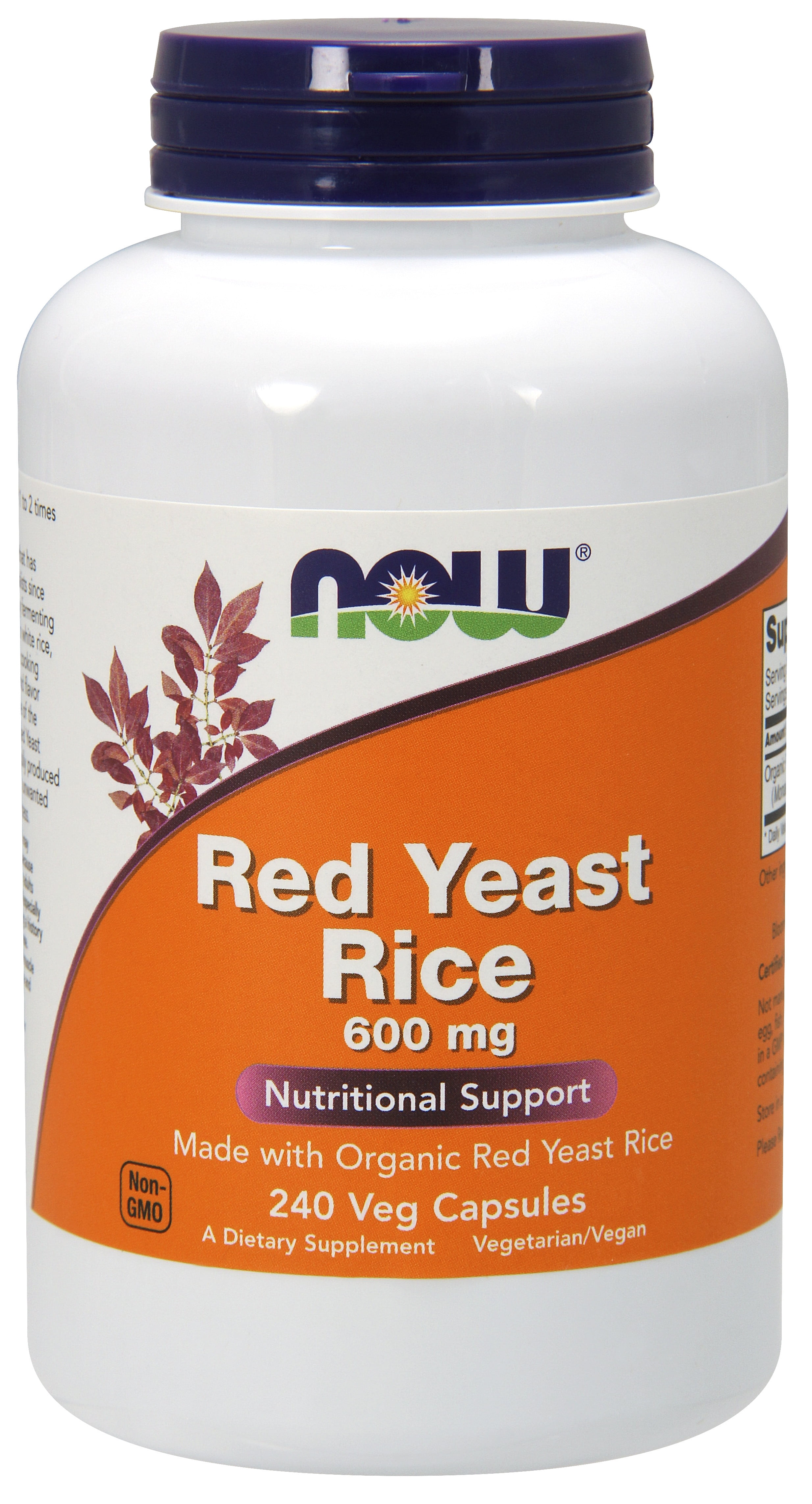


![What Is The Best Red Yeast Rice Supplement The 28 Best Red Yeast Rice Supplements of 2025 [Verified] - Cherry Picks](https://m.media-amazon.com/images/I/51J1LzaqAtL._SL600_.jpg)




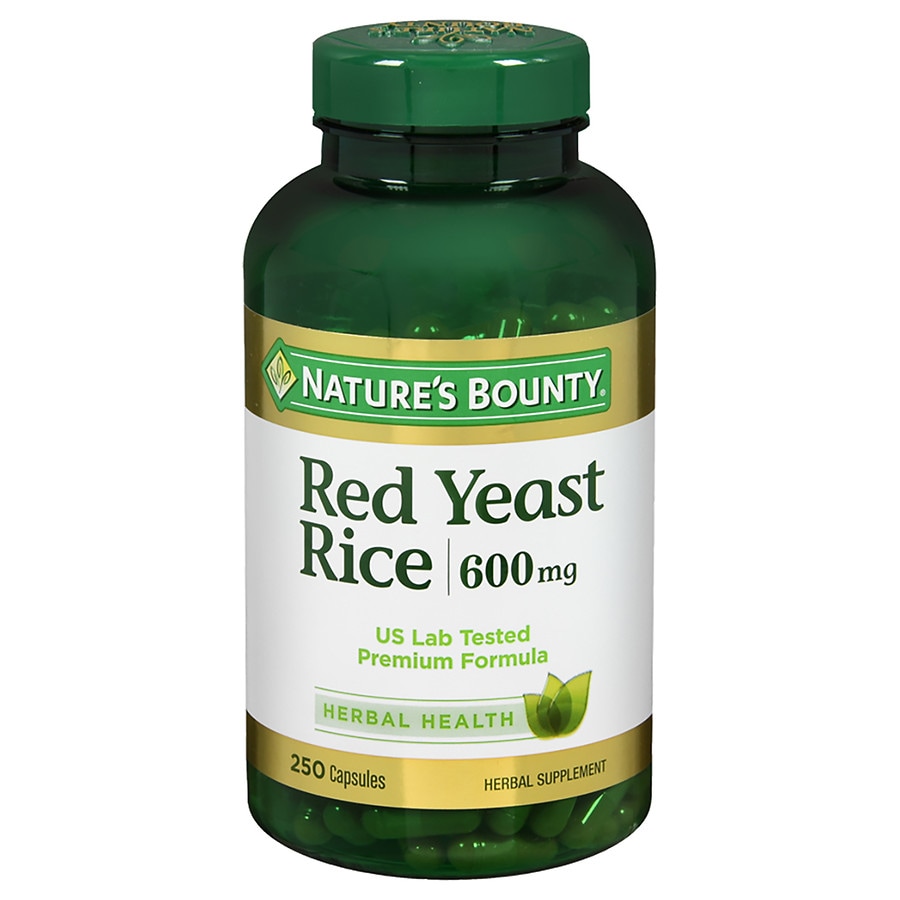
![What Is The Best Red Yeast Rice Supplement Top 5 Best Red Yeast Rice Supplements in [currentyear] - Athletic Insight](https://www.athleticinsight.com/wp-content/uploads/2024/04/NUTRAHARMONY-Red-Yeast-Rice-1536x787.jpg)

